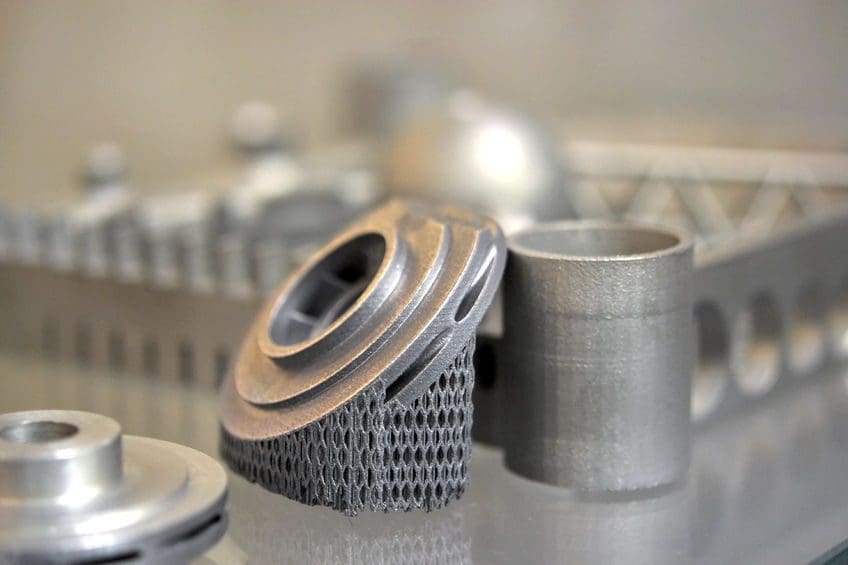The use of additive manufacturing, or 3D printing, is gradually increasing in the oil and gas industry. Currently accounting for less than 0.1% of the overall global manufacturing market, which is currently valued at $12.7 trillion, it is estimated that the 3D printing market will be worth $32bn by 2025 and over $60bn by 2030, says GlobalData, a leading data and analytics company.
GlobalData’s latest thematic report, ‘3D Printing in Oil & Gas’, states that 3D printing has emerged as one of the key enabling technologies in driving industrial productivity. Over the years, 3D printing technology has become prominent in different industries and has significantly influenced automotive and aerospace manufacturing. In the oil and gas sector, some of the technology’s applications include manufacturing spare parts on site, testing new product designs and simplifying inventory management to save costs.
Ravindra Puranik, Oil & Gas Analyst at GlobalData, comments: “The oil and gas industry has shown slow but steady adoption of 3D printing in recent years. Initially, this technology was largely limited to polymer-based products. However, recent advancements in metal-based 3D printing are making this technology more relevant to the oil and gas industry.”
The key benefit of 3D printing technology lies in reducing the time it takes to produce complex prototypes. 3D printers can also lower the time required to manufacture functional products for use in operations.
Puranik continues: “Due to stricter environmental norms, volatile oil prices and ever-increasing competition, companies are gravitating towards complex equipment designs to achieve operational efficiency. The ability to produce complex components, which are otherwise impossible to manufacture using conventional processes, is turning 3D printing into a must-have technology.”
In the industrial domain, 3D printing primarily enhances the speed of product manufacturing and addresses the challenges associated with producing of prototypes during new product development, irrespective of design complexities. The process of 3D printing is additive in nature, making it possible to manufacture products in less number of steps, and sometimes even eliminating the need to assemble different parts together. This eventually reduces the time in making available the desired product.
Puranik adds: “The additive approach to manufacturing can help produce more rugged, sturdy equipment. Thus, 3D printing technology provides a competitive edge over traditional manufacturing processes and also improves material utilization.”
The technology has the potential to engage companies into multiple product design cycles and enable faster validation of designs. In most cases, it enables companies to manufacture components of field equipment on site within a short time. This reduces the lead time in replacement of components that are critical for smooth functioning of operations.
Puranik concludes: “Lengthy procurement processes for obtaining spare parts often compel oil and gas companies to maintain extraordinarily high inventory levels, leading to warehousing costs. 3D printing technology can address this issue by enabling companies to manufacture parts on a need basis. Oil and gas companies will see a reduction in the overall costs spent on supply chain management by using 3D printing as a mainstream manufacturing technology, which would help them to enhance operational efficiency and foster growth.”
About GlobalData
4,000 of the world’s largest companies, including over 70% of FTSE 100 and 60% of Fortune 100 companies, make more timely and better business decisions thanks to GlobalData’s unique data, expert analysis, and innovative solutions, all in one platform. GlobalData’s mission is to help our clients decode the future to be more successful and innovative across a range of industries, including the healthcare, consumer, retail, technology, energy, financial and professional services sectors.





